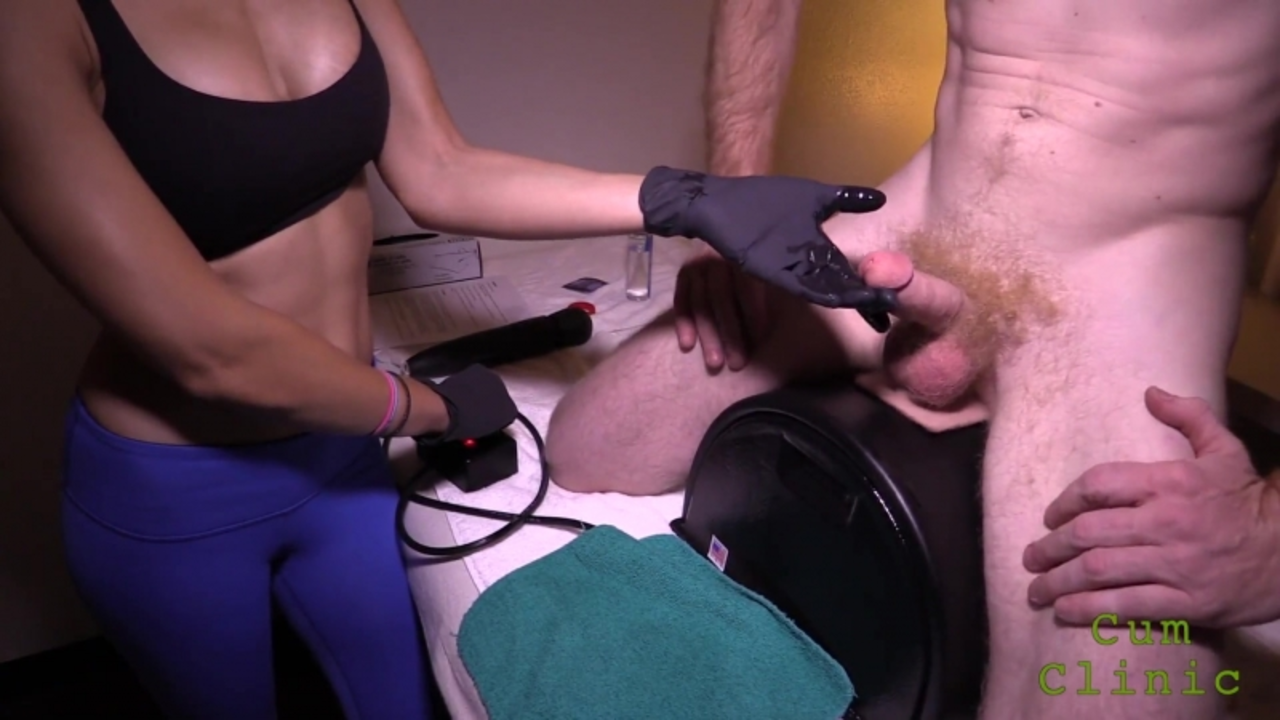Relief Techniques: Practical Tips to Ease Pain, Itching & Side Effects
When something hurts or is irritating, you want simple steps that actually work. Here are clear, practical relief techniques you can use at home for common problems—pain, nausea, skin itching, reflux, and medication side effects. No fluff, just useful actions you can try now and signs that mean see a professional.
Quick steps for pain and muscle tightness
For muscle pain, try the 20/20 rule: 20 minutes of heat for tight muscles, or 20 minutes of cold for new swelling, then re-check. Gentle movement helps—short walks or light stretches prevent stiffness. Over-the-counter pain relievers like acetaminophen or ibuprofen work for many people, but follow the label and your doctor’s advice. If a prescription muscle relaxant is in play, keep activity light and avoid mixing with alcohol or sedatives.
For cramps, hydrate and add a pinch of salt and a sugary drink if you recently exercised hard. For persistent or severe pain that won’t ease in 48–72 hours, get evaluated—especially after an injury or if you have fever, numbness, or weakness.
Skin, itching and minor bites
Start by cleaning the area with mild soap and cool water. Apply a cold compress to reduce swelling and an over-the-counter hydrocortisone cream or calamine lotion for itch. If an insect bite is in a sensitive spot, keep things dry and wear breathable underwear; avoid scratching to prevent infection. Oral antihistamines at bedtime can stop nighttime itch and help you sleep.
If redness, spreading warmth, increasing pain, or fever appears, seek care—those are signs of infection. For stubborn anal itching, avoid scented products, use gentle wipes, and see a clinician if symptoms persist.
For pet owners: dogs on metronidazole often have upset stomachs. Feed small, bland meals, keep them hydrated, and ask your vet about probiotics to restore gut flora.
Digestive relief for acid reflux: raise the head of the bed, avoid big meals before sleep, cut back on trigger foods like citrus and fried food. If reflux persists despite changes, talk to your healthcare provider about safer long-term options.
Managing medication side effects: track symptoms and timing—write down when a side effect started and any other drugs or supplements you take. Small changes (taking a med with food, adjusting timing) often help. Never stop a heart or blood pressure med suddenly without medical advice—if you stop something like metoprolol, you’ll need a plan to monitor and manage blood pressure.
For low-energy or vague symptoms, check vitamin levels—low B12, vitamin D, or iron can cause real problems. A simple blood test and targeted supplements usually fix the issue.
If home tips don’t work within a few days, or symptoms get worse, call your provider. Fast action for red flags (high fever, breathing trouble, sudden vision change, severe pain) can prevent complications. Use these relief techniques as first steps—simple, safe, and useful—so you can feel better and know when to get help.

